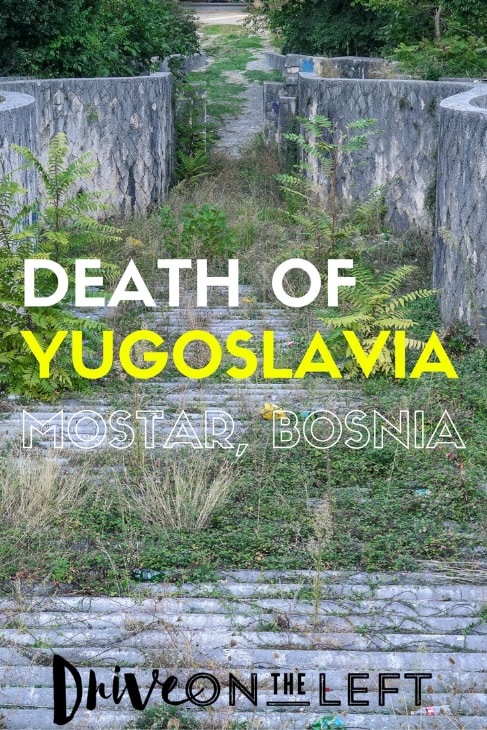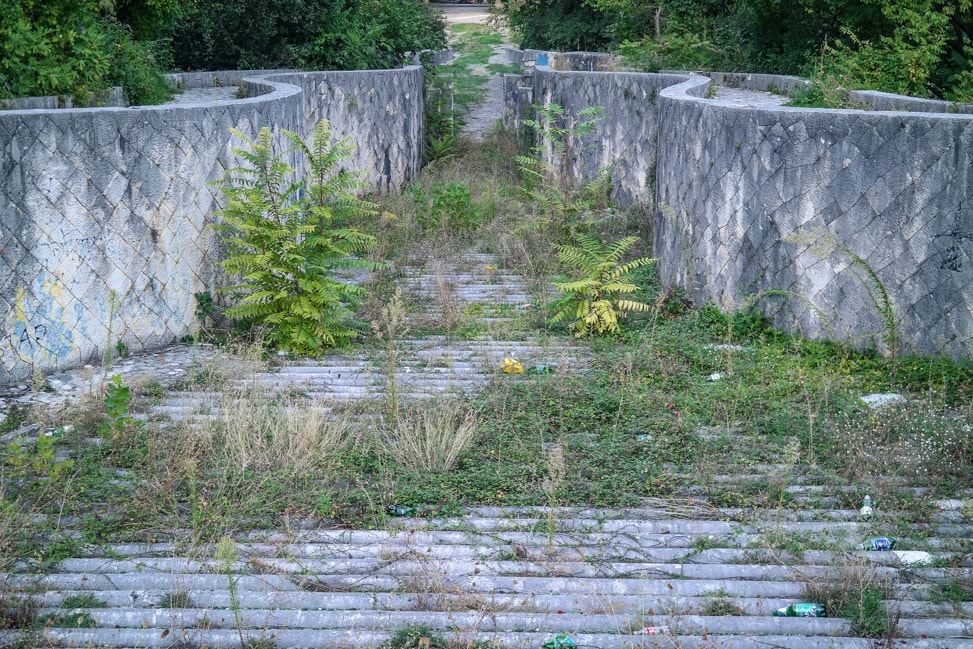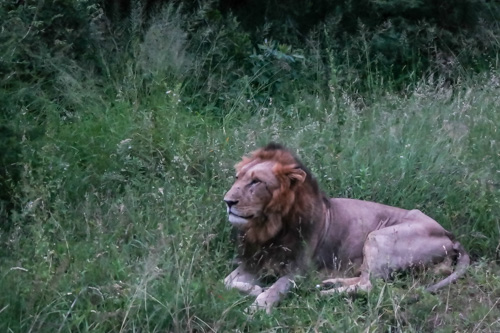The Death of Yugoslavia
I’ve learned more about the rise and fall of Yugoslavia in the past month than in any of my European history classes in school.
Our history lesson was most visually impactful in Mostar, Bosnia & Herzegovina, a small city that still shows its battle scars. Here, buildings are pock-marked from bullets, and houses are yet to be rebuilt after the shelling from the Siege of Mostar in 1992-1994.
But Mostar is also home to incredible ornamental displays of the strength of Yugoslavia. These sites, built during the height of the leadership of universally beloved Josip Tito are harder to see, hidden behind years of neglect.
Luckily, in a clutch decision that has been one of our best yet, we joined an afternoon tour with iHouse Travel. Their very popular “Death of Yugoslavia” tour highlights the rise and eventual collapse of a once-great nation in three important locations.
Our tour began in an abandoned military bunker, constructed into the side of a mountain near the Mostar airport. This massive facility was just one of many scattered throughout Yugoslavia, as its military strength grew significantly after World War II.
This bunker once housed a communication center and dozens of the newly purchased MiG fighter jets from Russia, all encased in enough concrete to resist a nuclear blast. It’s not located on a remote mountain path, but 50 yards from the main road leading to Mostar, less than 10 minutes from the city’s famous bridge. You can drive right in.
Now the bunker is completely abandoned and left open to the elements. Anything of value has long been stripped away.
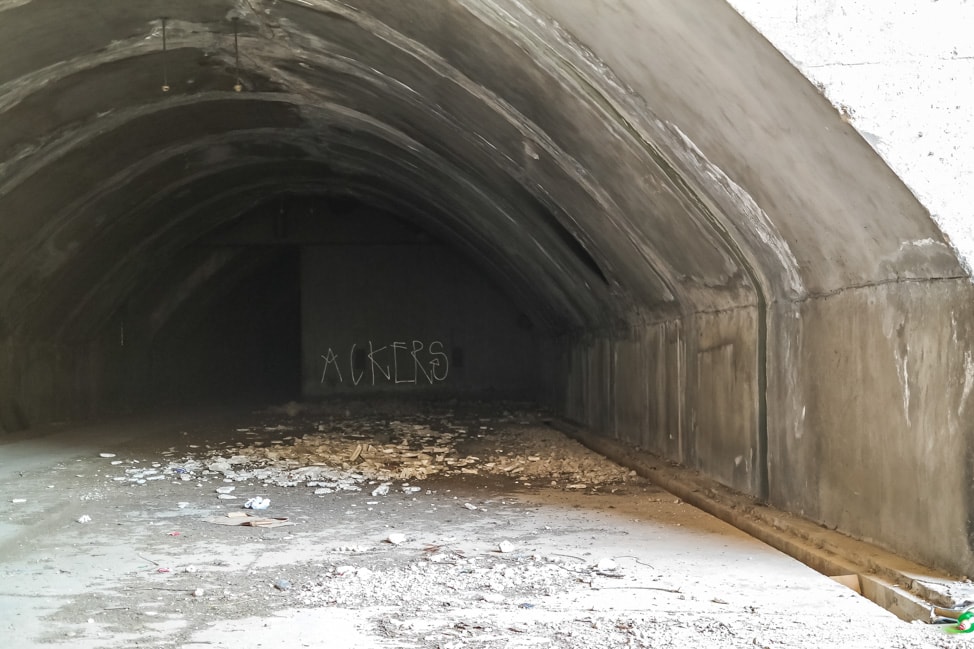
The bunker was built during a challenging time for Yugoslavia, as the newly formed Communist nation balanced its relationship with the USSR and the USA. Military strength was seen as key, so as our guide explained, the country built bunkers and bought jets instead of building a national highway system or important infrastructure that the people desperately needed. Tito didn’t just spend millions, but billions on developing the military.
To put it in perspective, the current Bosnian military cannot afford to purchase one jet, even at the 1950s price. By the 1960s, they had purchased almost 200.
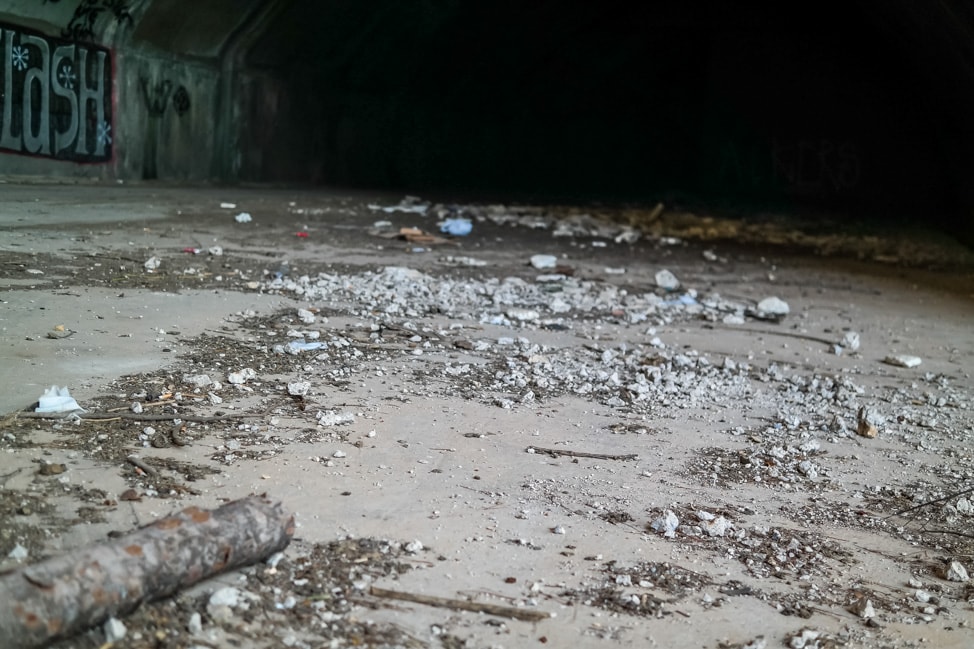
Our second and third stops on the tour showed the prosperity of Mostar during the height of Yugoslavia’s power.
In the geographic center of the city was a trendy shopping mall, flashy new bank towers, and a large pedestrian area. The center of Mostar, the once thriving hub, is now empty. The shopping mall is gone, and the shiny bank towers were repeatedly shelled during the conflict in the 1990s, and now sit, windowless and empty. The pedestrian area is walled off, as if construction on something new is about to begin, but alas, it has sat like that for over a decade.
Street artists have spray painted silhouettes on the narrow sidewalks surrounding the center, representing the time when this eerily quiet area was teeming with children, people riding bikes, and locals enjoying shopping in the new mall.
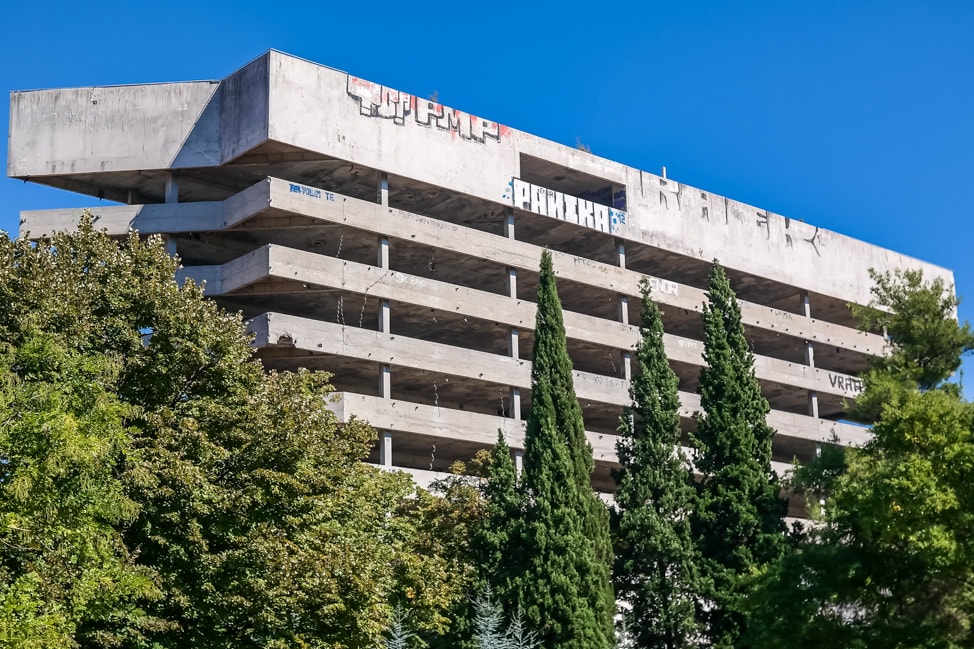
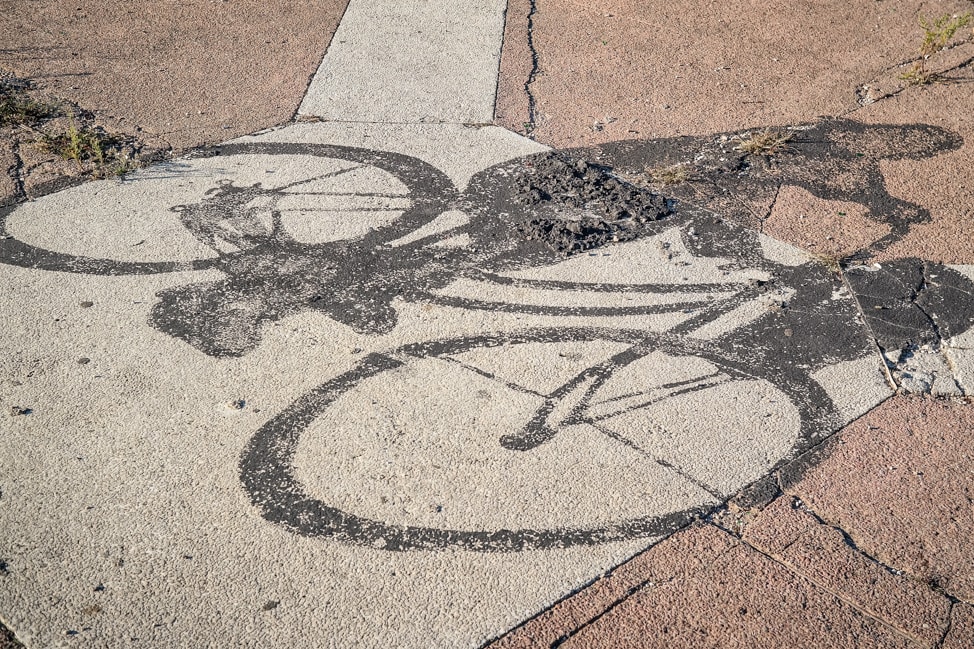
The third stop on the tour was the spectacular Partisan Memorial Cemetery built by Serbian architect Bogdan Bogdanović in 1965, in honor of those who perished in World War II. The memorial was surrounded by a massive public green space. There were ornate fountains, fields for kids to play and adults to picnic, and a massive cascading water feature.
In its heyday, the park was an iconic image for Mostar, one that would be plastered all over Instagram today.
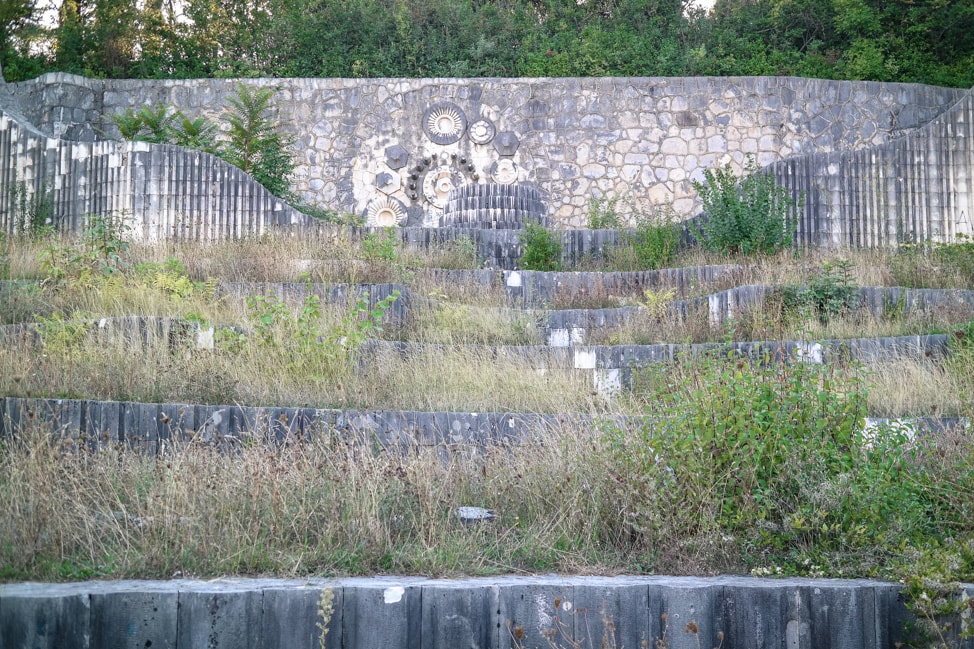
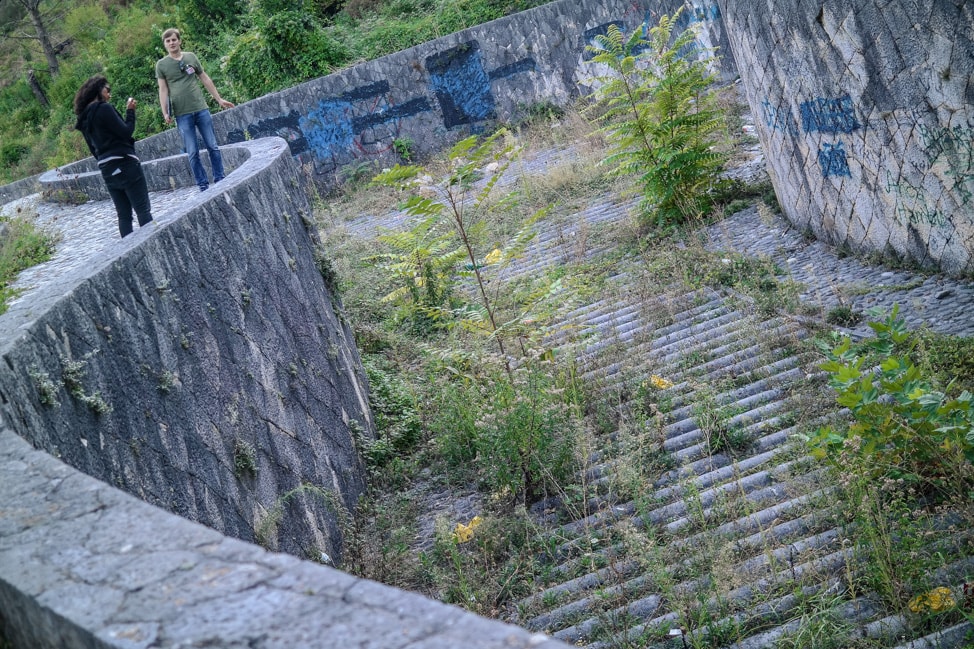
Our guide pointed out that this park, constructed by the government, contained zero Communist images. No stars, no hammer and sickle. That willingness to be secular, to play nice on the world stage, was what set Yugoslavia apart from their Communist counterparts in Europe, and made for a happier, more stable environment.
The park, a place you could imagine seeing in all of its grandeur, is empty and derelict. The fountains are dry, and the fields for playing are now overgrown. It is so forgotten that even Google Maps does not show its location, and no road signs point to its former entrance, just a few blocks from the bustling Old Town. Yet another causality of the conflict from the early 1990s.
The lifestyle that Yugoslavians enjoyed, and then lost, can best be described in terms of consumer goods. Yugoslavians had full access to Western culture. They drank Coca-Cola and drove VW Golf’s. They even had a “Golden Passport” that allowed them to freely travel, without a visa, to all but three countries in the world, a rare example of a country whose citizens could travel to both the USA and the USSR with ease.
They were a Communist nation that maintained a relationship with the USA and USSR, not an easy feat during the Cold War.
All of this unravelled with the death of Tito in 1980. Within ten years, Yugoslavia would be on the brink of collapse. A slow, steady rise of ethnic conflicts, which some say are a direct result of the change in government leadership after Tito, came to a head, resulting in the death of Yugoslavia.
First, Slovenia declared its independence, followed shortly by Croatia and Bosnia. Within a matter of months, the once powerful Yugoslavia was fully engulfed in war, a conflict that would reshape the region and lead to bitter battles between ethnic groups.
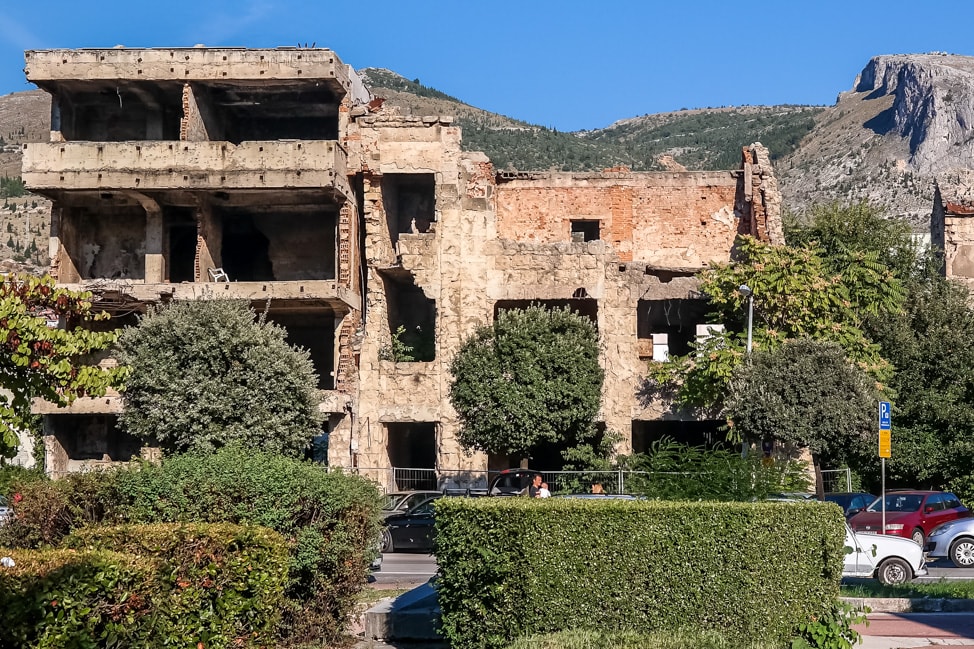
The freedom that the people enjoyed under Tito is mostly gone, even today. For example, citizens of the former Yugoslav countries can travel to very few countries without a visa, making traveling harder today than it was in 1960.
For anyone interested in learning the history of Mostar, Bosnia and finding the hidden secrets of the city that lie in plain sight, yet are overlooked by almost all visitors, the Death of Yugoslavia tour provides unique look at just how drastically the lives of the Bosnian people changed from World War II to today.
The Death of Yugoslavia tour in Mostar, Bosnia costs €15/pp and runs almost daily, but you can contact them directly at iHouse Travel. We discovered the tour online and paid for it. It was completely worth the small fee.
